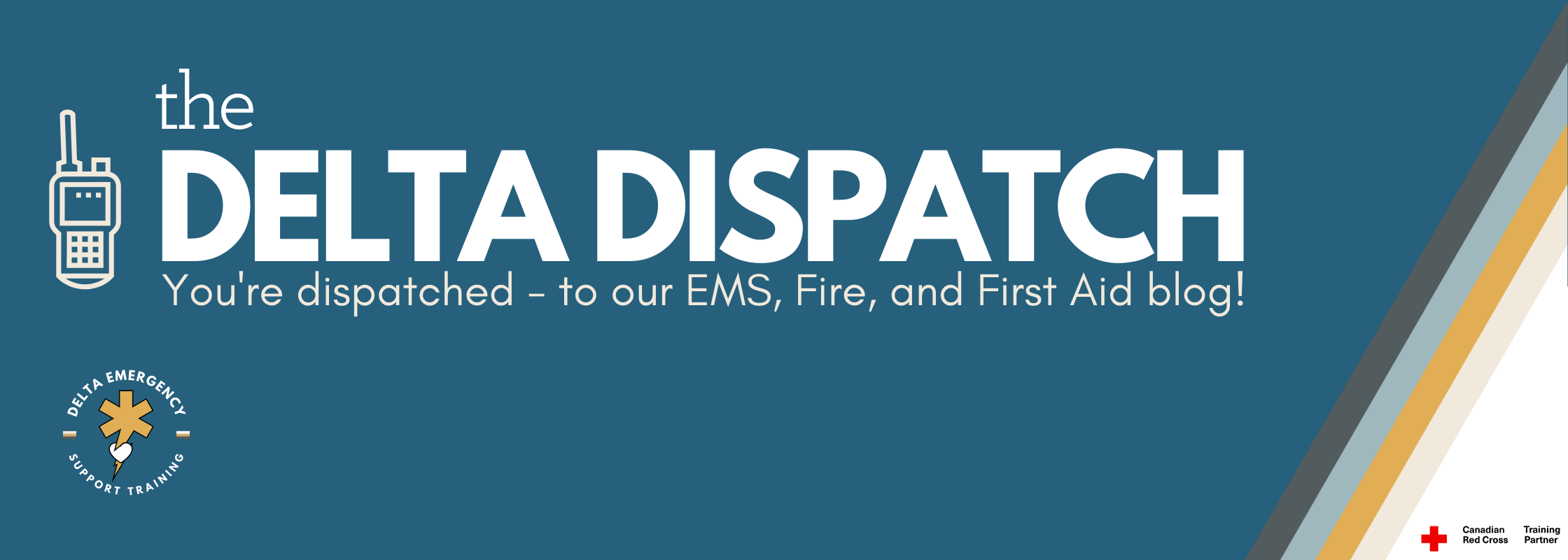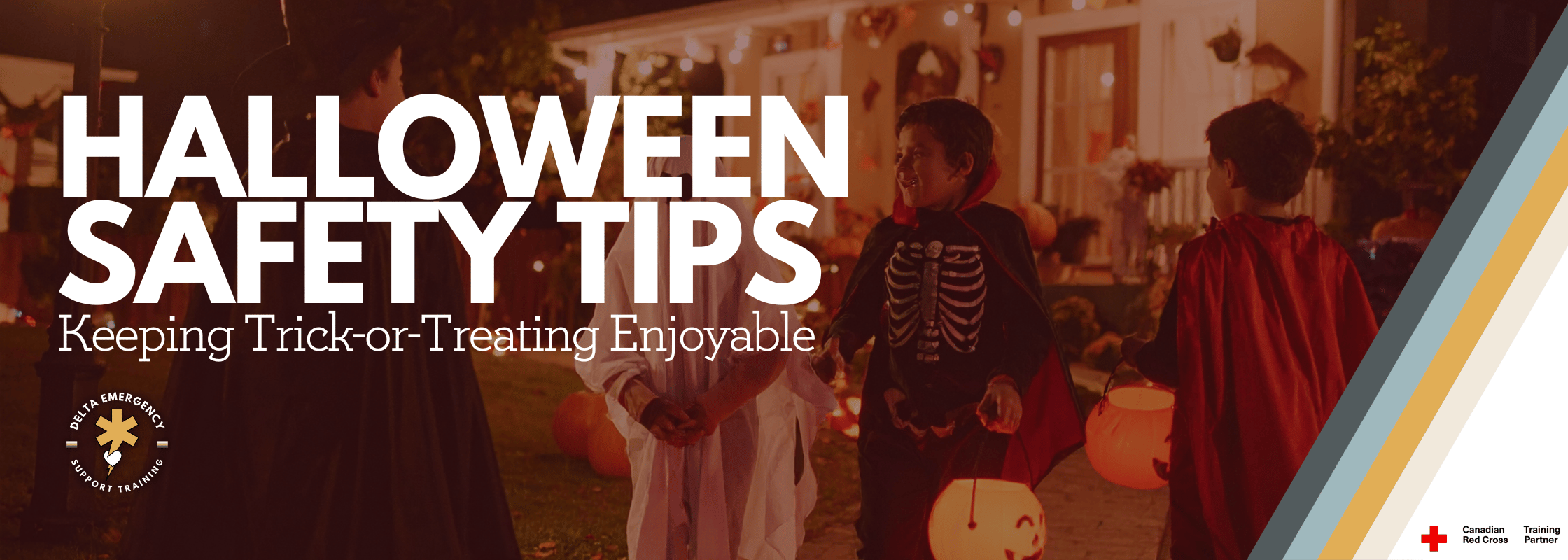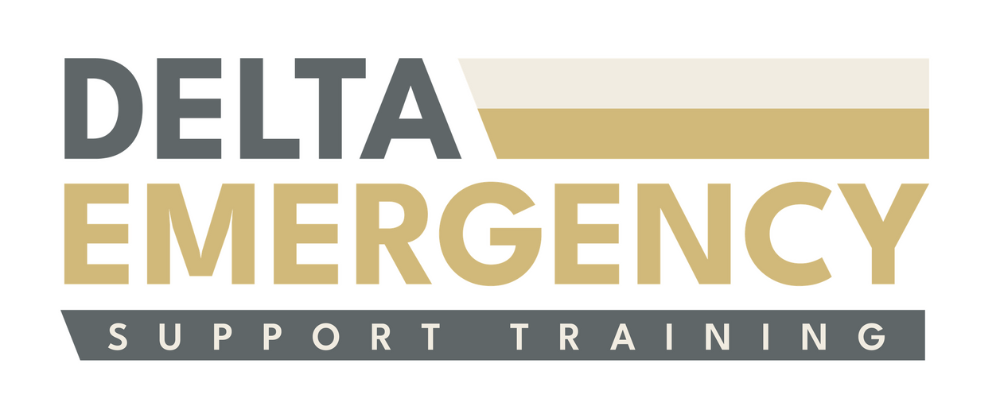Halloween Night Safety: Preventing Accidents and Injuries
/Halloween is one of the most exciting nights of the year, filled with costumes, candy, and community fun. But behind the laughter and decorations, this holiday also brings unique safety risks that parents, caregivers, and even drivers should keep in mind. At Delta Emergency Support Training, we know emergencies don’t wait for the right time—being prepared is the key to keeping Halloween safe, fun, and free of unwanted scares.
Costume Safety: More Than Just Dress-Up
Costumes should be fun, but they also need to be safe. The wrong outfit can lead to injuries, trips, or even fire hazards.
Visibility first: Add reflective tape or glow sticks to costumes and treat bags. Dark clothing blends into the night, making kids nearly invisible to drivers.
Proper fit: Oversized costumes and long capes cause tripping. Hem long outfits and secure loose parts.
Mask vs. makeup: Masks often limit vision and peripheral awareness. Non-toxic face paint is a safer option.
Flame resistance: Choose costumes made from flame-retardant fabrics, especially since candles are common in jack-o’-lanterns.
Trick-or-Treating Safety: Rules That Save Lives
Excited children often forget about safety, making them more vulnerable to accidents.
Adult supervision: Children under 12 should not trick-or-treat alone. Older kids should stay in groups and have a set route.
Crosswalks only: Instruct kids to cross at intersections, never mid-block, and to look both ways even if the street looks clear.
Stay visible: Equip kids with flashlights, glow bracelets, or reflective gear.
Neighborhood awareness: Visit only well-lit homes and avoid houses where walkways are unsafe or unlit.
Plan ahead: Set a curfew for older kids and ensure they carry a fully charged cell phone.
Candy Hazards: More Than a Sweet Treat
What’s inside the candy bag can sometimes be risky.
Inspect first: Parents should examine all treats. Discard unwrapped or suspicious-looking items.
Watch for allergens: With food allergies on the rise, teach children to check labels for peanuts, tree nuts, milk, or gluten. Carry an epinephrine auto-injector if prescribed.
Choking hazards: Hard candy, gum, and small toys in treat bags pose risks for children under five. Supervise younger kids while eating.
Driver Awareness: Sharing the Road With Trick-or-Treaters
Halloween is one of the most dangerous nights of the year for pedestrian accidents.
Slow down: Reduce speed in residential areas and school zones.
Expect the unexpected: Kids may run out between parked cars or cross without warning.
Stay alert: Avoid distractions like phones or loud music.
Peak hours caution: Most trick-or-treating happens between 5 p.m. and 9 p.m.—be extra cautious during this time.
Home Safety for Hosts
If you’re handing out treats, your home should be as safe as the candy you give out.
Clear walkways: Remove garden hoses, decorations, and wet leaves that could cause slips or trips.
Lighting matters: Keep paths and porches well-lit to reduce falls and discourage mischief.
Pet precautions: Excited pets may scare or injure children. Keep dogs and cats safely indoors during peak hours.
First Aid Preparedness: Responding When Things Go Wrong
Even with precautions, accidents can still happen. Knowing what to do can make the difference between a minor scare and a serious emergency.
Cuts and scrapes: Clean with water, cover with a sterile bandage.
Burns from candles or lanterns: Cool with clean, cool water for at least 10 minutes and cover with a sterile, non-stick dressing.
Choking: For children, know how to perform abdominal thrusts and back blows. For infants, use back blows and chest thrusts.
Allergic reactions: Know how to recognize signs of anaphylaxis (difficulty breathing, swelling, hives) and use an epinephrine auto-injector if available.
Emergency kit: Carry basic first aid supplies, a flashlight, and a phone to call 911 if needed.
Final Word
Halloween is meant to be a night of joy, not a trip to the emergency room. With a little preparation and awareness, families and communities can enjoy a safe celebration. Costumes, candy, and spooky fun don’t have to come at the cost of safety.
At Delta Emergency Support Training, we believe that prevention and preparedness are the real treats of Halloween.
Stay visible. Stay safe. Stay spooky. 🎃




